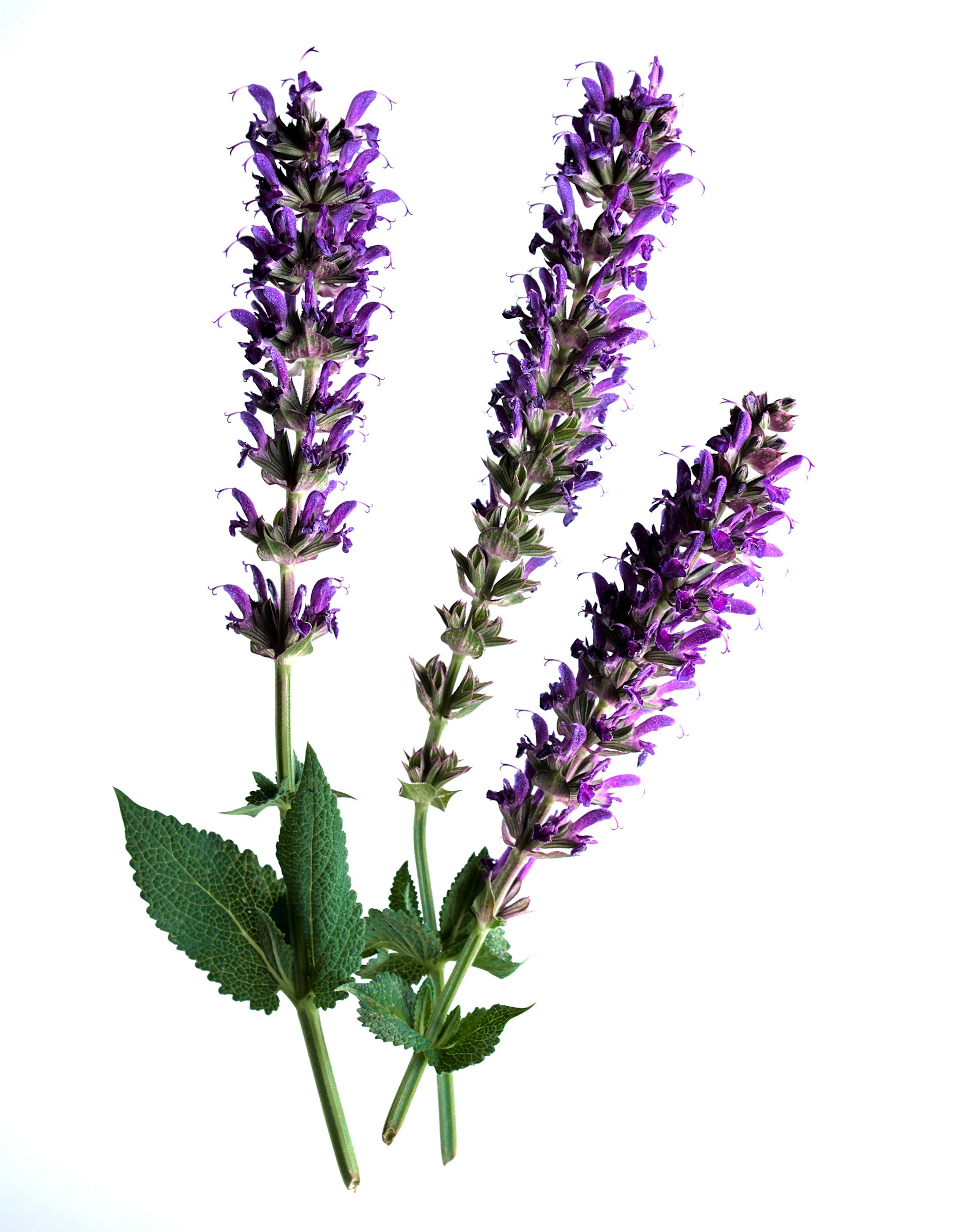Creating a Hummingbird Haven: The Best Plant Choices for Attracting Diverse Hummingbird Species
Introduction
Every outdoor enthusiast knows that attracting wildlife to their garden can transform it into a lively, buzzing oasis. Among the most cherished visitors are hummingbirds—those iridescent jewels of the sky. Planting with hummingbirds in mind not only draws these fascinating creatures to your yard but also supports their crucial roles in ecosystems. Understanding the unique preferences of different hummingbird species can help you create a garden that is a haven for these birds, adding beauty and animation to your outdoor space.
This article aims to guide you through creating a garden that attracts and supports a variety of hummingbird species. Whether you’re a seasoned gardener or just starting, you’ll find practical advice and plant suggestions tailored to entice these delightful birds throughout the year.
Section 1: Understanding Hummingbird Diets and Preferences
Nutritional Needs
Hummingbirds have high metabolic rates, necessitating a diet that is rich in energy. Their primary food sources are:
- Nectar: Sugary nectar from flowers provides the quick energy they need for their rapid wing beats and swift movements. The nutritional content of nectar-rich flowers varies, but it typically includes a mix of sugars and other compounds that cater to the birds’ dietary needs.
- Small Invertebrates: Not just about the sweet stuff, hummingbirds also consume small spiders and insects, which offer essential proteins and fats. For example, the Black Jacobin, a type of hummingbird, incorporates both sugary nectar and small invertebrates into its diet for a more balanced nutritional intake.
Pollination Strategies
Many plants have evolved specific features to attract their ideal pollinators. Eastern Red Columbines, for instance, have adapted with hummingbird pollinators in mind. Their vibrant red flowers and tubular shapes are designed to facilitate efficient pollination by these birds. This mutualistic relationship benefits both the plant and the bird, as hummingbirds receive nutrition while aiding the plant in reproduction.
Section 2: Plant Profiles
Rock Rose (Mallow Family)
This plant is a surprising favorite among some hummingbirds. It belongs to the Mallow family, related to Hibiscus and Turk’s Cap, known for its resilience and ornamental beauty. A great addition to any garden, it attracts hummingbirds with its appealing floral structure and nectar.
Spreading Dogbane (Apocynaceae Family)
Spreading Dogbane is not just a hummingbird magnet but also attracts butterflies and moths. However, it’s important to note its toxicity of spreading dogbane for dogs and other mammals. Gardeners should exercise caution and consider location and accessibility to pets when planting this species.
Klip Dagga (Leonotis nepetifolia)
This tropical beauty is a tall-standing plant that can reach heights of up to 10-12 feet, making it conspicuous and easy for hummingbirds to spot. The height of hummingbird attraction to klip dagga height plays a crucial role in drawing these birds to your garden. Its tubular orange flowers are particularly irresistible to them.
Salvia
Salvia is a favorite among ruby-throated hummingbirds, thanks to its efficient nectar production and ease of maintenance. This plant’s bright colors and tubular flower shapes make it an ideal choice for attracting these birds, particularly in larger gardens.
Penstemon (Diverse Genus)
With around 280 species, Penstemon is a diverse genus that spreads across North America. Known for its adaptability, Penstemon is ideal for a variety of gardens. The best regions for penstemon growth include areas like Colorado and Nebraska, where the soil and climate conditions are favorable. Species like Penstemon angustifolius, with its narrow red flower tubes, are specifically adapted to attract hummingbirds.
Monarda (Bee Balm)
Monarda, commonly known as Bee Balm, is a versatile plant that not only attracts hummingbirds but also draws in the hummingbird clearwing moths. This makes it a great addition to any garden in regions where these moths are native.
Section 3: Color and Floral Tube Importance
Color Significance
The color preferences of ruby-throated hummingbirds explain why red and orange flowers are particularly attractive to them, while bees generally ignore these hues. The vibrant red of Eastern Red Columbines, for instance, makes it a magnet for hummingbirds, demonstrating how color plays a critical role in their foraging behavior.
Floral Tube Length and Shape
Hummingbirds are specially adapted to feed on flowers with long, narrow tubes, which align with the shapes of their beaks and tongues. Plants such as certain Penstemon species, which have long, narrow red tubes specifically adapted for hummingbird pollination, are excellent choices for a hummingbird garden.
Section 4: Regional Considerations
Adaptability of Different Plants
Choosing the right plants for your region is crucial for the success of your hummingbird garden. Plants like Pentas may thrive in different regions under varying conditions; understanding these nuances can help you make the best choices for your specific locale.
Native vs. Non-Native Preferences
Incorporating native plants is often the best strategy for supporting local hummingbird populations. Native species such as Salvia and Penstemon are not only well-adapted to local climates and soils but also provide significant ecological benefits by supporting native pollinators.
Section 5: Seasonality and Bloom Periods
Ensuring Year-Round Attraction
To keep your garden buzzing with hummingbird activity year-round, plan for a variety of plants that bloom at different times. Mixing annuals like Klip Dagga with perennials can ensure a constant supply of nectar. This strategic planting ensures that even in off-peak times, there’s always something to draw in these delightful birds.
Conclusion
Creating a hummingbird-friendly garden is both an art and a science. By understanding the nutritional needs, color preferences, and regional considerations of different hummingbird species, you can create a vibrant, ever-blooming sanctuary that attracts and supports these enchanting birds. Remember to diversify your plant choices, plan for continuous bloom periods, and consider native plants to provide the best habitat possible.
We encourage you to share your gardening experiences and observations, as a thriving hummingbird garden benefits not just your personal enjoyment but the broader ecosystem as well. For further reading and resources on advanced hummingbird gardening techniques, be sure to explore our recommended materials.

